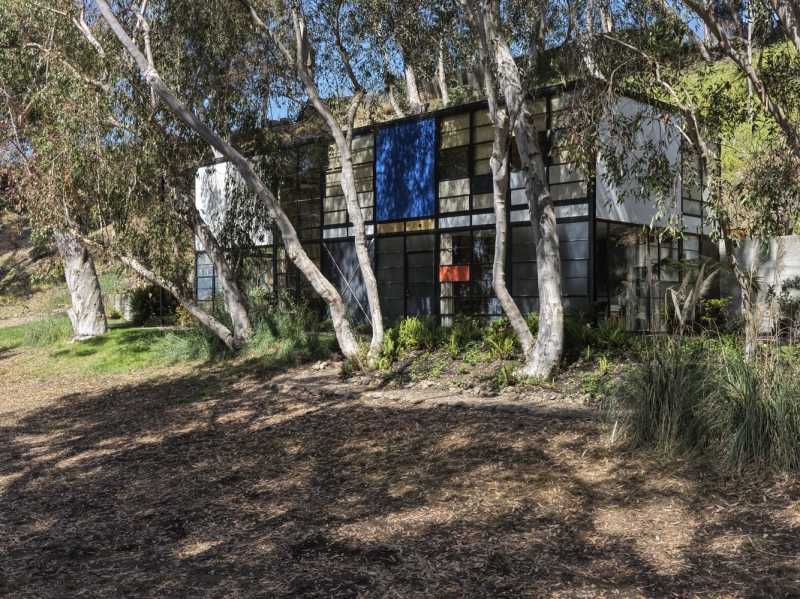Contents

Olivia Bennett
Picture walking through Charles and Ray Eames’ personal studio for the first time. After 76 years, that’s exactly what visitors can do now that Case Study House No. 8 has reopened following restoration work.
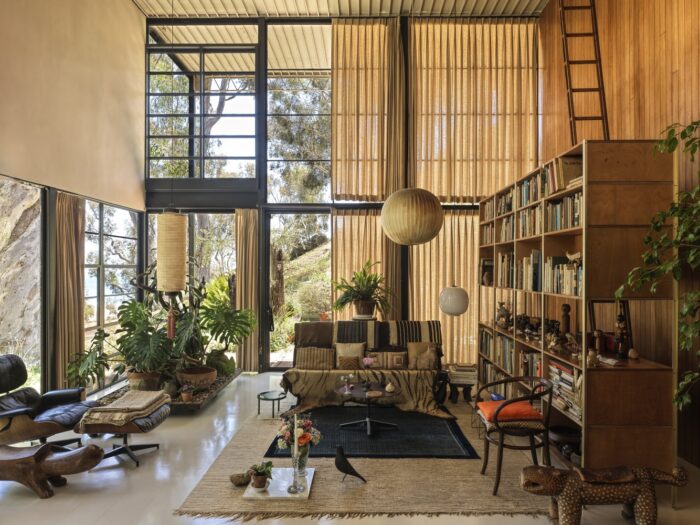
The Eames House closed five months ago when smoke from Southern California’s wildfires seeped into this Pacific Palisades landmark. The team didn’t just clean up and reopen. They used this time to create something new.
You can now tour both the famous residence and Charles and Ray’s private workspace. This marks the first time the public has been allowed inside the studio where some of the 20th century’s most influential furniture designs were born.
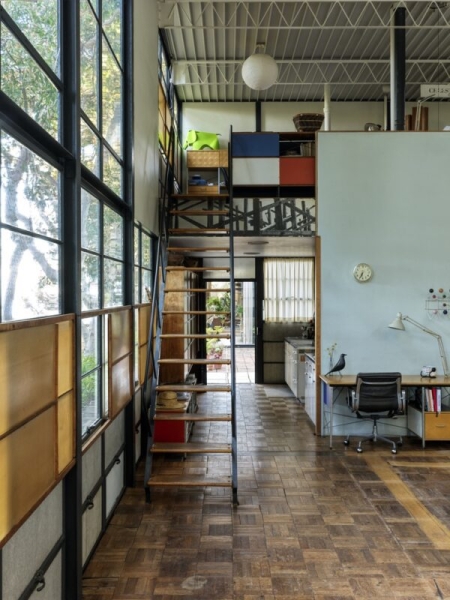
Beyond Simple Restoration
The reopening coincides with a major announcement that changes how we think about architectural preservation. The Eames family has launched the Charles & Ray Eames Foundation, replacing the previous preservation organization with something more ambitious.
This isn’t just about maintaining a building anymore. The new foundation treats the Eames House as a living laboratory for contemporary design practice. They’re partnering with the Getty Conservation Institute to develop a Conservation Management Plan.
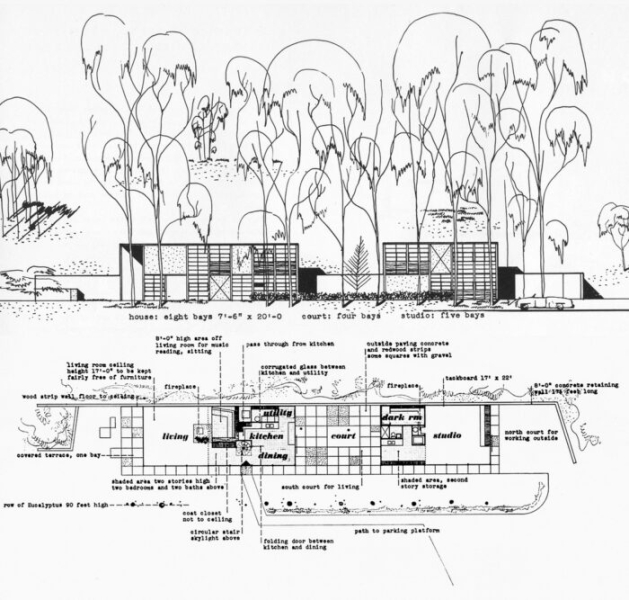
The Foundation’s Expanded Mission
The foundation coordinates with major institutions like the Library of Congress, Vitra Design Museum, The Henry Ford, The Museum of Modern Art, and the Eames Institute. This network approach makes sense when you consider how scattered the Eames legacy has become across different institutions worldwide.
Their programming schedule shows they mean business. In 2026, they’re launching the Eames Architecture program, focusing on the couple’s contributions to residential design. The same year brings the inaugural Eames Conference in Los Angeles.
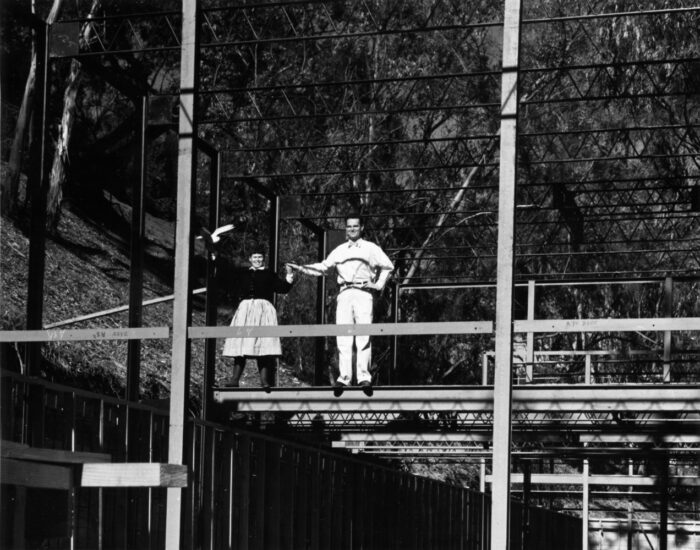
What Enhanced Access Actually Means
Studio access changes your understanding of how the Eameses worked. The house has been a pilgrimage site for architects since the 1960s. But the studio reveals their actual creative process.
Charles and Ray deliberately blurred boundaries between living and making. Their home wasn’t separate from their work – it was part of the work. The studio space shows you how they moved between designing a chair and developing an exhibition.
Understanding the Case Study House Program Differently
Access to both buildings shifts how you understand the entire Case Study House program. These weren’t just experiments in efficient living for post-war America. They were workshops for a new way of thinking about design practice itself.
The Eames House demonstrates how architects’ personal residences can serve as laboratories for testing ideas. Every detail was both a domestic solution and a design research project.
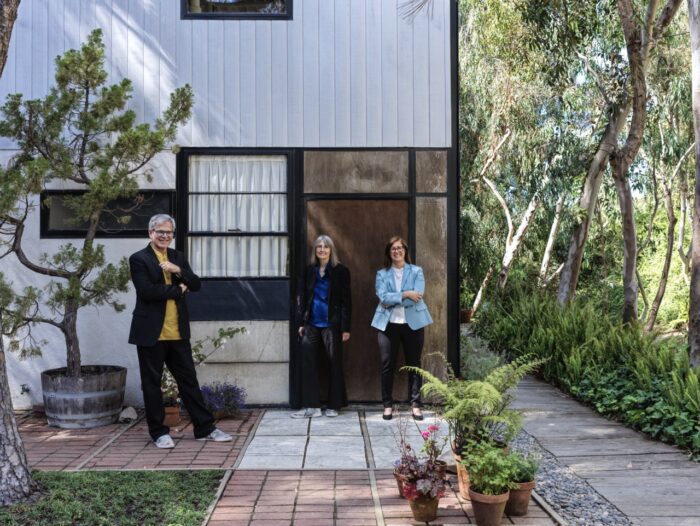
Programming That Matters for Practice
The foundation’s programming addresses questions working architects face today. The 2026 Eames Architecture program focuses on prefabrication and experimentation with industrial materials – topics directly relevant to contemporary sustainable design challenges.
This isn’t academic historicizing. The Eameses were solving problems that architects still face: how to create beautiful, functional spaces using efficient construction methods and readily available materials.
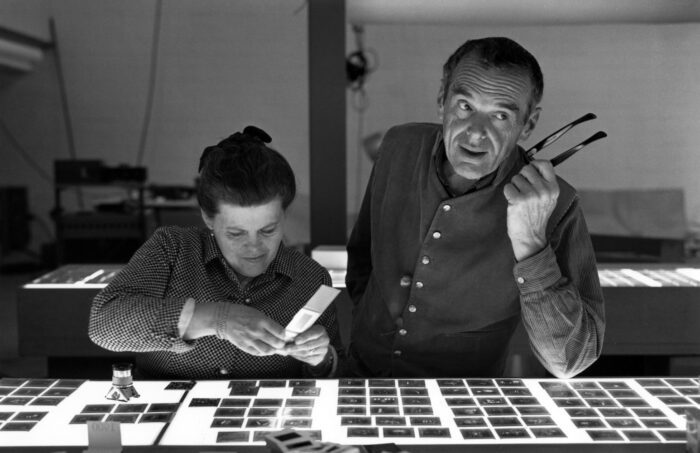
Educational Outreach and Community Impact
The foundation is developing programs for high school students in partnership with AIA Los Angeles and Architecture for Communities Los Angeles. These programs introduce the Eames design process as a tool for creativity and social impact.
The approach treats design thinking as a method for addressing community challenges, not just creating beautiful objects. This reflects Charles and Ray’s belief that good design should improve life for everyone.
Conservation as Contemporary Practice
The restoration process offers lessons for architects dealing with aging modernist buildings. Working with a National Historic Landmark requires different approaches than standard renovation projects.
Every material choice had to balance historical accuracy with contemporary performance standards. The team couldn’t simply replace damaged elements – they had to understand why the Eameses chose specific materials.
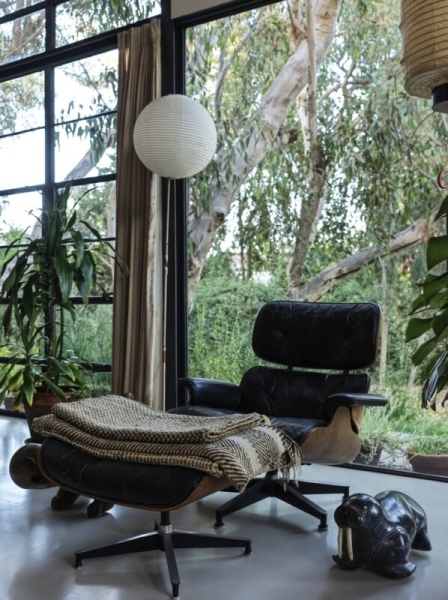
Balancing Preservation and Access
Opening the studio to public tours creates new preservation challenges. More visitors means more wear on original surfaces, changes in temperature and humidity, and increased security concerns.
The solution involved careful planning of visitor routes, environmental monitoring systems, and trained guides who understand both the building’s history and its physical limitations. This balance reflects broader questions about maintaining architectural heritage while keeping it relevant.
The Eames House reopening represents more than restoration of a single building. It signals a mature approach to preserving modernist heritage – one that balances respect for original intentions with active engagement in contemporary challenges.
You can now experience both the domestic and creative aspects of Charles and Ray’s approach to modern living. The studio access, combined with the foundation’s programming, transforms a house museum into a living laboratory for contemporary design practice. The Eames furniture design legacy now has a physical home where visitors can understand both the objects and the creative process that produced them.
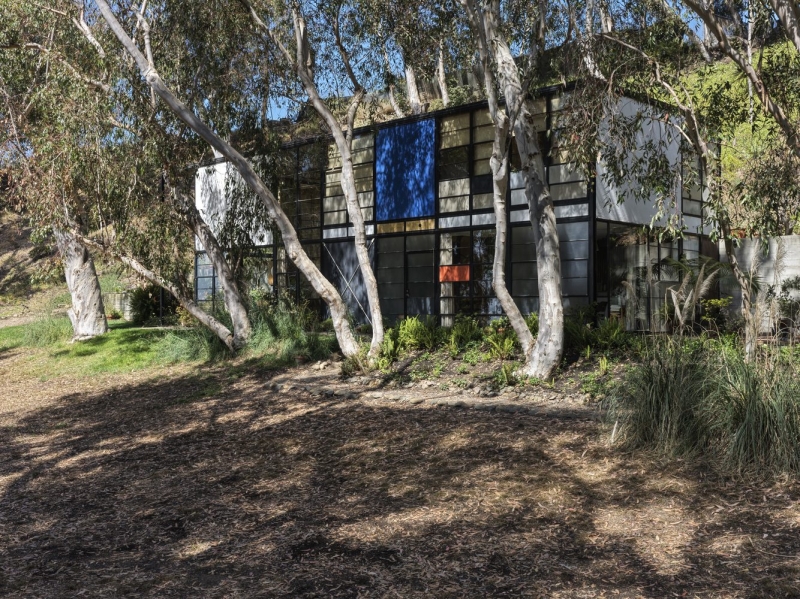
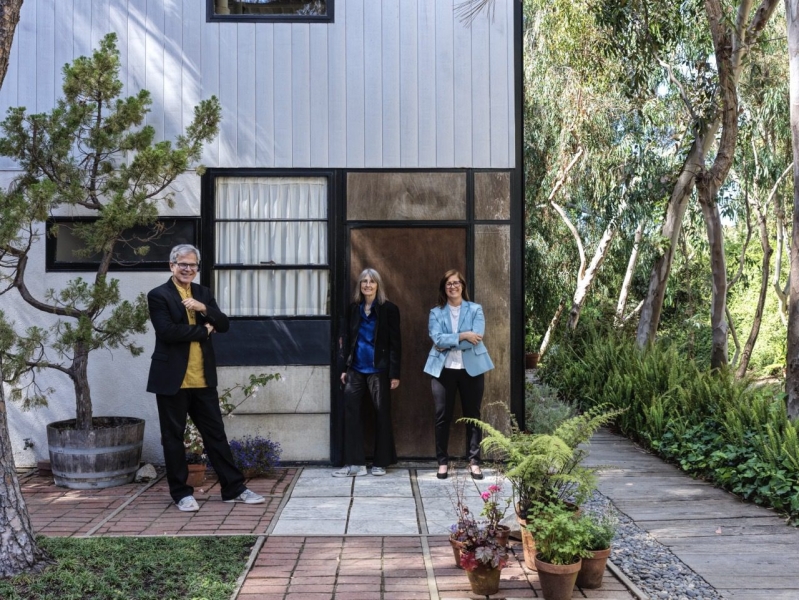
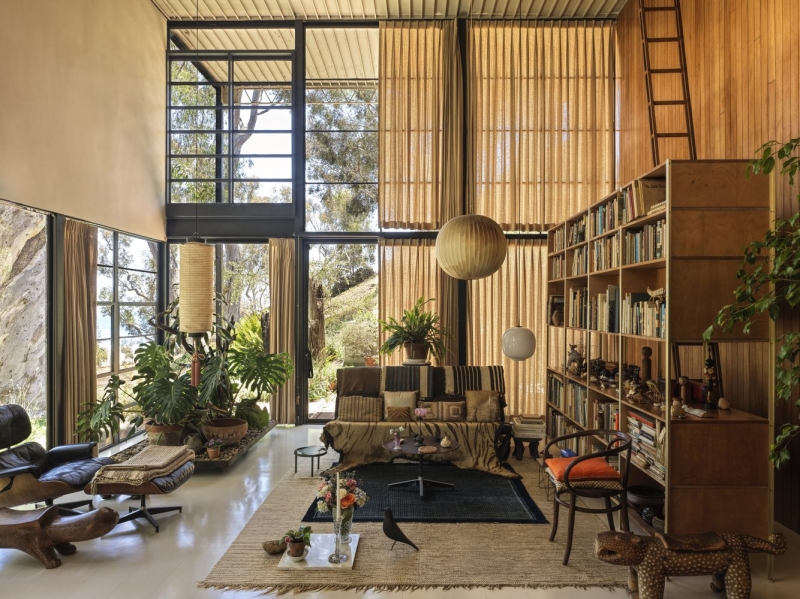
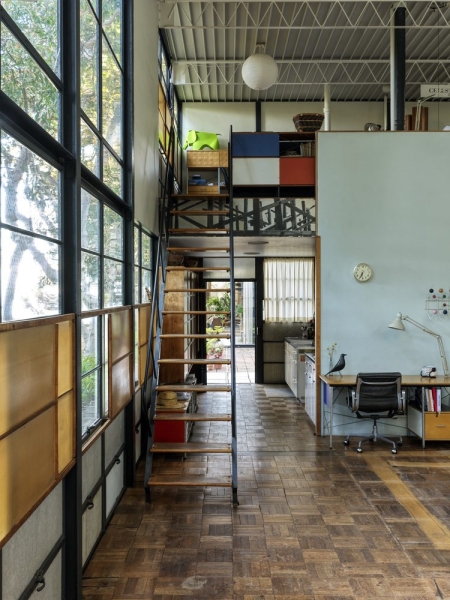

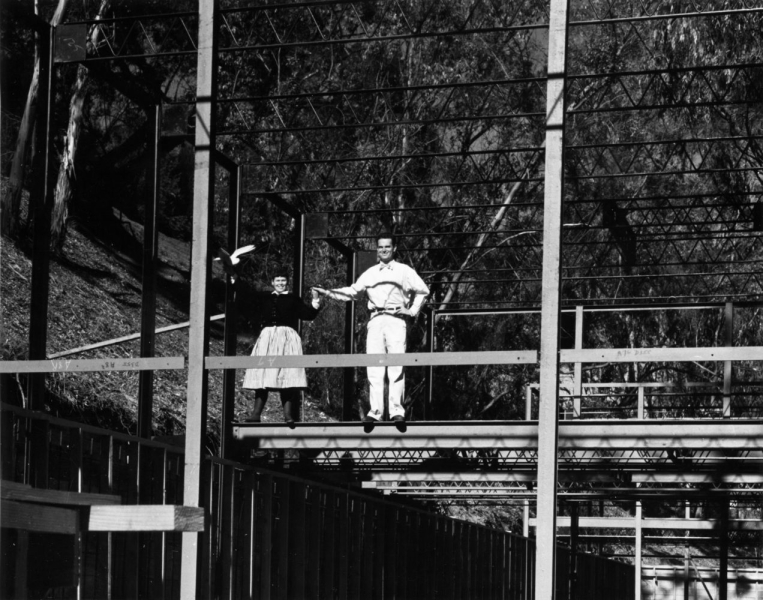


Tags: Charles & Ray EamesEames House

Olivia Bennett
Olivia Bennett is a seasoned American news editor at Arch2O, born in the UK and a proud alumna of UCLA, where she studied Architecture and Media Studies. With a strong editorial background and a passion for design storytelling, she excels in translating complex architectural ideas into engaging narratives. Olivia focuses on contemporary trends, sustainability, and emerging talents in the field, offering readers a fresh, global perspective on the built environment.
